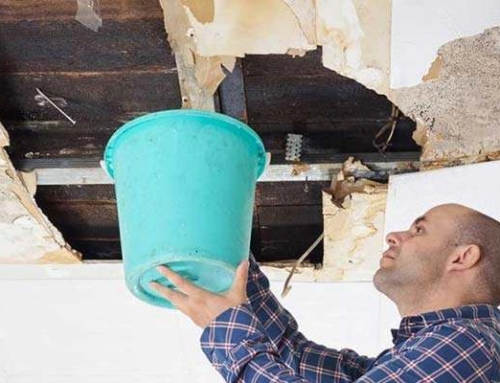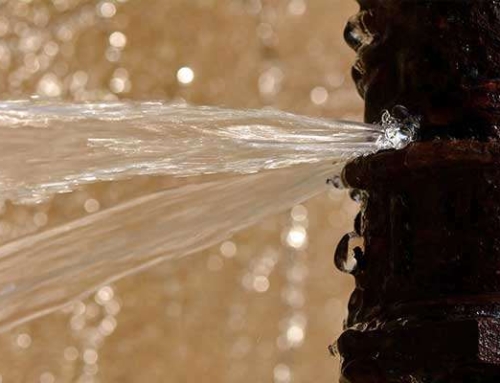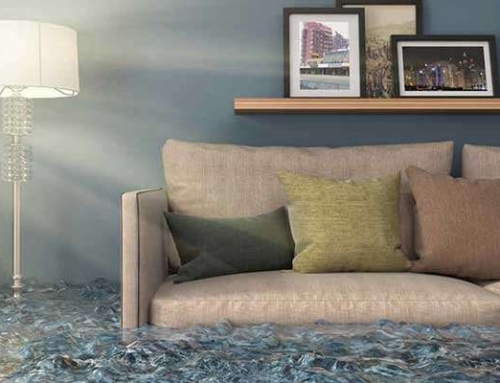When any type of flooding occurs, water damage remediation companies can help. Although these companies may try to differentiate themselves from their competitors, almost all of them follow the same seven steps when it comes to restoring properties after water damage. Developing a better understanding of the remediation process will make you a more informed customer, making it easier to choose the best company for the job.
Evaluating The Damage
The process begins by evaluating your property to see how severely it has been damaged. Typically, the company will send someone to your location as soon as possible after you contact them. After arriving, the expert will carefully inspect the area to determine the underlying cause of the problem and to identify where the water is coming in. They will inspect the structure for damage, checking to see if mold has started to grow. After they have a chance to see the condition of the property, they will provide you with an initial quote. Before work begins, however, they will break the costs down, explaining each one in greater detail. They will also establish a timetable for how quickly the work can be completed so that you have an idea of what to expect.
Eliminating The Water
The next step is to get rid of the excess water that has infiltrated the property. For severe flooding, this usually requires pump trucks. These oversized trucks are equipped with water pumps that are attached to hoses that are used to pump out any standing water. For less severe flooding, the team may also rely on smaller pumps or wet/dry vacs. The ultimate goal is to get rid of all of the unwanted water and moisture quickly before mold has a chance to grow.
Removing Porous Materials
After any water has been dealt with, the next step is to remove porous materials from the property. This includes items made of fabric, carpeting, area rugs, insulation, drywall, and more. Whether or not these items can be salvaged depends on the cause of the flooding. For instance, items damaged by water leaking from a plumbing pipe may be able to be salvaged. On the other hand, items damaged by floodwater from outside will need to be thrown away. Depending on the extent of the damage and the conditions surrounding the flood, it may be possible to clean the items thoroughly enough that they can be saved.
Drying Out The Property
Once all of the damaged items have been removed and any affected walls have been opened, the space is then thoroughly dried out. To accomplish this, the remediation company usually relies on dehumidifiers, fans, and other pieces of equipment designed to move air. To improve ventilation, the windows and doors of the property will typically be left open.
Cleaning And Disinfecting The Affected Area
When the property is thoroughly dry and all of the damaged items have been properly dealt with, the remediation team will begin disinfecting the affected area. This is typically accomplished using a combination of vacuum cleaners equipped with HEPA filters and special cleaners designed to deal with mold and bacteria.
Dealing With Mold
Along with disinfecting the property, the remediation company will also address any problems with mold. Mold typically takes anywhere from 24 to 48 hours to begin growing. If the water damage wasn’t noticed right away, there is a high likelihood that the area has been affected by mold. The company you hire will conduct thorough mold testing. If any is discovered, it will be properly removed and treated.
Renovating The Property
At this point, all of the excess water has been removed and the property has been dried out, thoroughly disinfected, and treated for mold. Typically, the company will then renovate the property, restoring it to the condition it was in before it was damaged. Homeowners sometimes see this as an opportunity to renovate or upgrade the space. This is certainly possible, although the cost of any upgrades may not be covered by their insurance. If you have a limited budget to work with, you should try to minimize any upgrades or changes to the structure as much as possible. That way, your insurance will most likely cover the majority of the cost.
When water damage occurs, quick action is extremely important. Any delays could cause further damage, resulting in more expensive repairs. The majority of mold remediation companies follow all of the preceding steps. To get the best results, consider hiring a restoration company that has an excellent reputation such as United Water Restoration Group. There are a lot of shady businesses out there that try to take advantage of homeowners in need. Don’t get sucked in by their promises. Instead, go with a trustworthy, well-established company.





